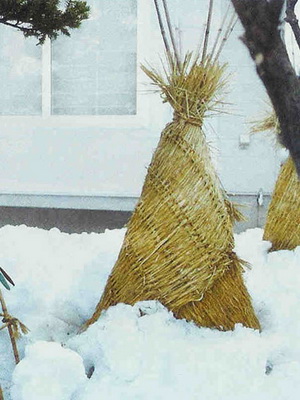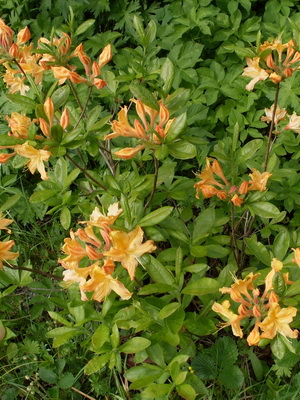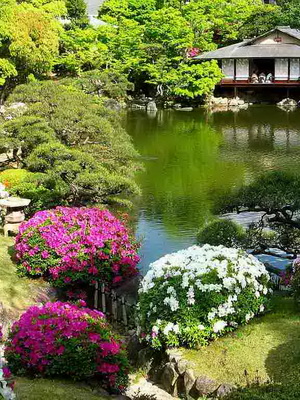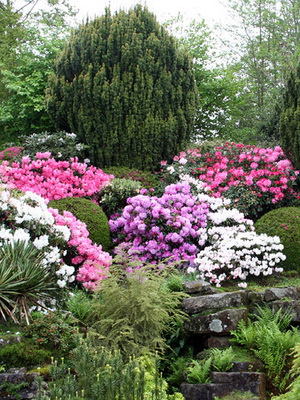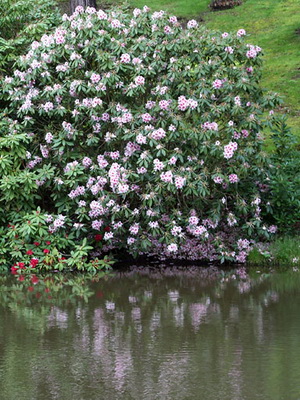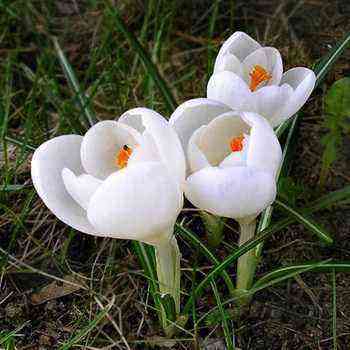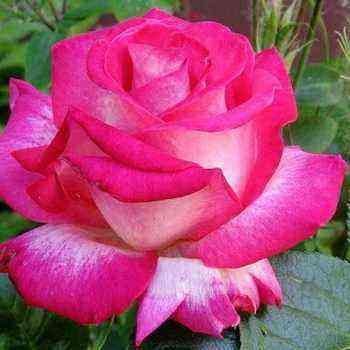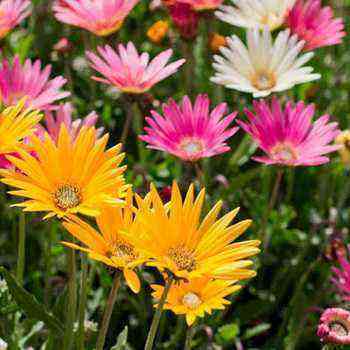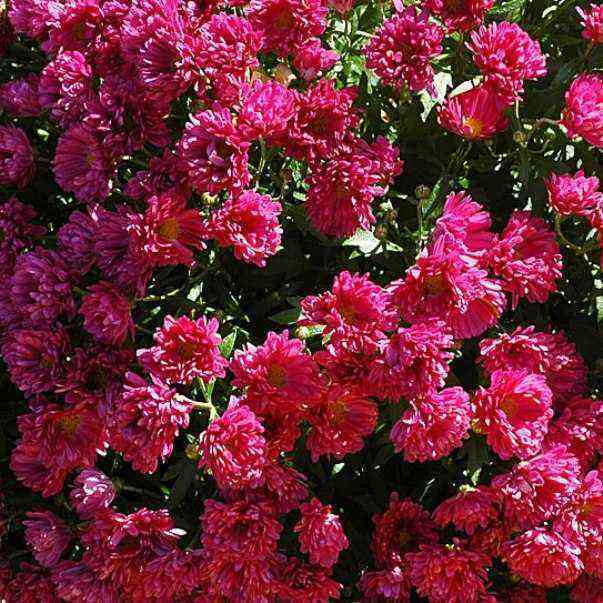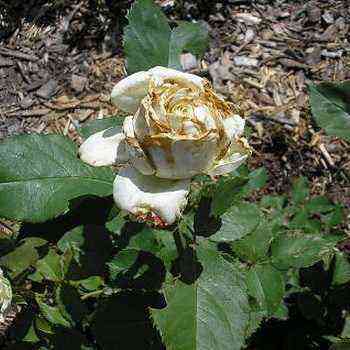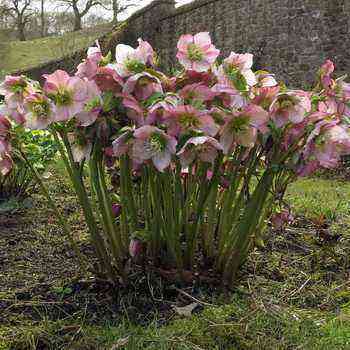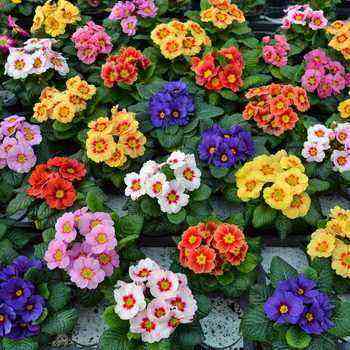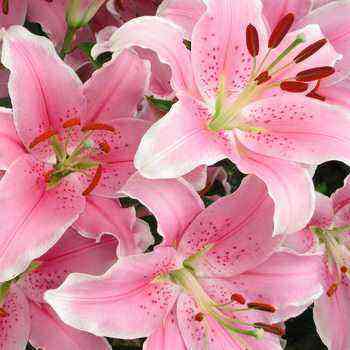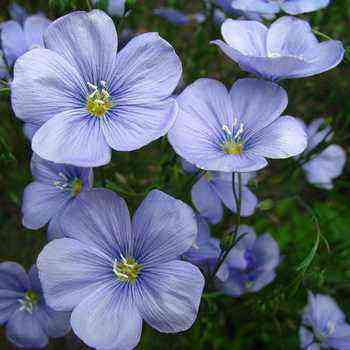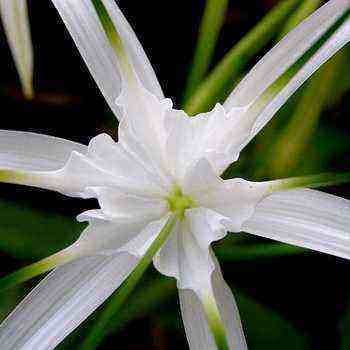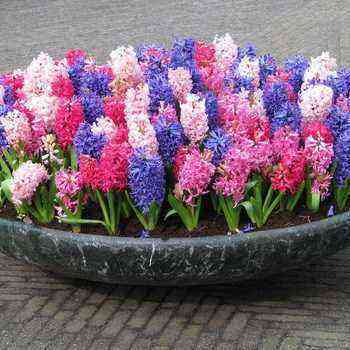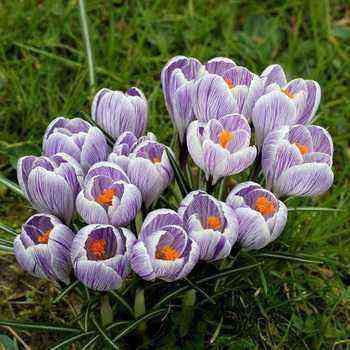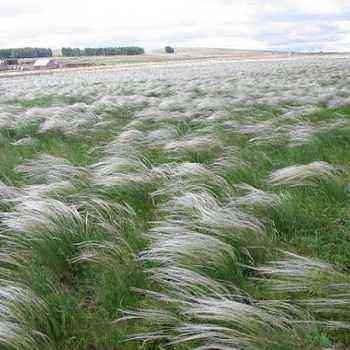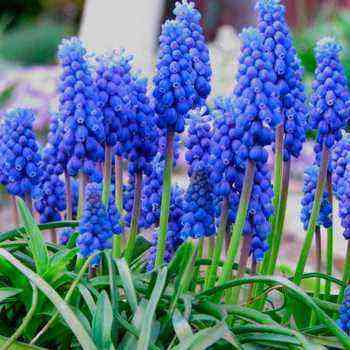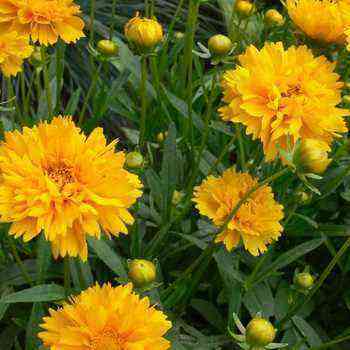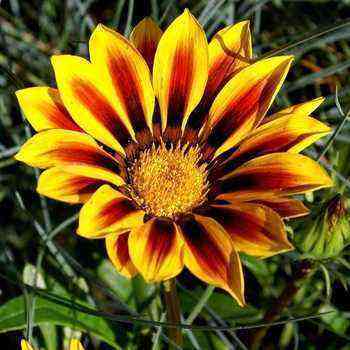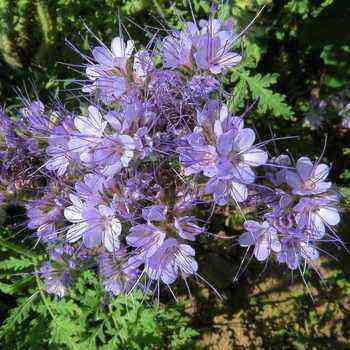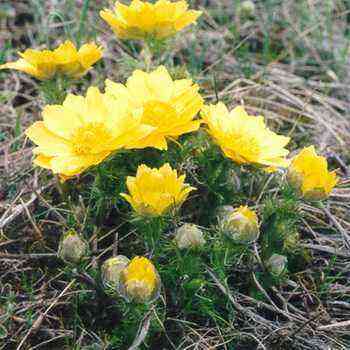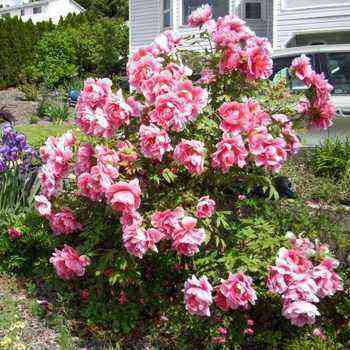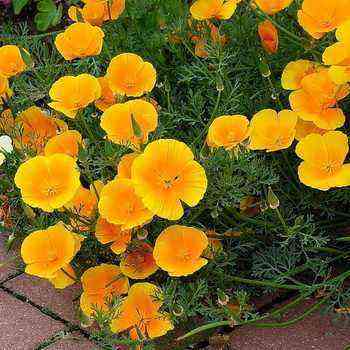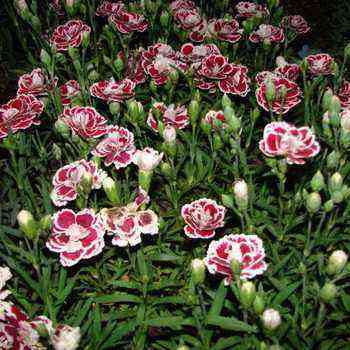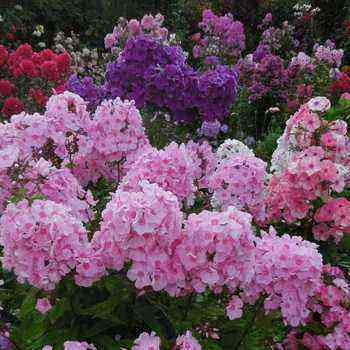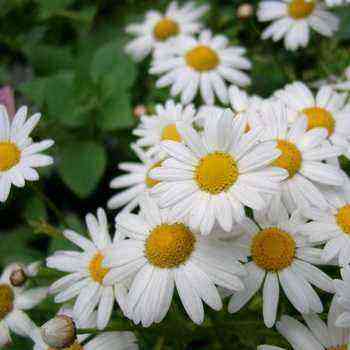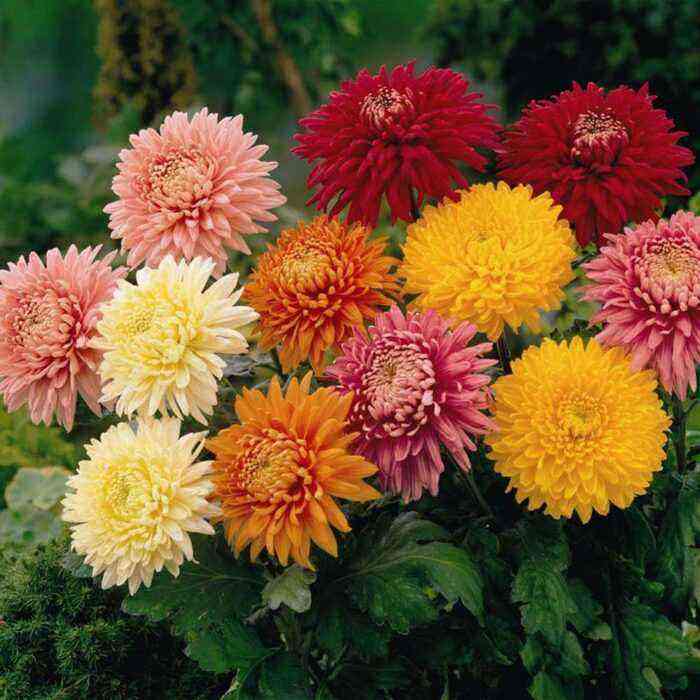
We will tell you about planting and caring for rhododendrons in central Russia, where summer temperatures are getting hotter and hotter. You will also receive recommendations on the reproduction of rhododendrons, transplanting and feeding, learn how to grow rhododendrons in winter, and, of course, you can see photos of rhododendrons in the garden and in landscape design.
These plants need warmth not only for growth, but also for planting flower buds. Therefore, you should choose open sunny places with diffused shadow at midday so that the rhododendrons do not “burn” in early spring and in rare years with a particularly hot summer (you can shade them for this period). For deciduous species, completely open areas are also suitable.
How to plant a rhododendron
Like roses, rhododendrons do not like winds and drafts, so the place should be protected from them, and on the north side it is necessary to provide protection in the form of buildings or plantings of tall plants. In open, unprotected places, evergreens and some deciduous species suffer from the drying effect of the wind in winter.
Planting a rhododendron is possible next to trees and tall shrubs, but it should be remembered that rocks with a superficial root system, like birch, linden, maple, willow, etc. are not suitable neighbors. Pines are excellent neighbors, which create a successful biocenosis with these crops …
Before planting a rhododendron, make sure there are no rose bushes nearby. It is not recommended to plant these plants with roses – they have too different requirements for soil conditions. Rhododendrons in the garden are classic calcephobic plants, and the presence of calcium in the soil or fertilizers is detrimental to them. Therefore, the second condition for the successful cultivation of this crop is the creation of appropriate soil conditions.
How to grow rhododendron
The selected place should be raised above the general ground level and well drained (after all, rhododendrons are mountain plants) so that water does not stagnate on the site, especially in early spring during snow melting and in autumn during prolonged rains. When creating drainage, do not use limestone and other materials containing lime. Some gardeners perceive information about the moisture content of these shrubs as the need to flood the plants, creating a kind of swamp. This is another mistake, because excess moisture leads to rotting of the root collar of plants.
A special planting pit is prepared for planting, since ordinary garden soil is unsuitable for plants. Ready-made planting mixtures for rhododendrons are now sold, but you can prepare the mixture yourself. To do this, mix garden soil (loam), humus and horse-drawn uncoated sphagnum peat (1: 1: 3-4). It is good to add coniferous litter or medium-sized coniferous shavings to the mixture. Low-lying peat is not suitable for this purpose, since it has a pulverized structure that promotes soil compaction. Without the addition of loam, with strong drying out, the soil is difficult to moisten, the water will spread to the edges, and the lump inside will remain dry. The substrate should be acidic (pH 4.5-5.5), loose, air and water permeable.
Planting pits are made shallow (40-50 cm), since the plants have a compact root system, and the diameter is determined by the size of an adult bush, for large plants it is 80-100 cm.The distance between plants is determined by the diameter of the crown of an adult bush and is calculated as the sum of the radii of the crowns of the bushes …
Rhododendron transplant
Plants can be planted at any time of the year, as they should only be purchased with a closed root system. But it is better to transplant rhododendrons in early spring before the flower buds swell or after flowering. When buying seedlings, pay attention to the following:
The soil in the pot should be moist, but not moldy.
If the pot was removed with difficulty, it means that the substrate in it has become very compacted and you should cut and “pick” the soil with a sharp knife in several places along the earthen coma, but so that the earth does not crumble.
The bush is planted to the same depth as in the container, in no case deepening the root collar. After planting, it is again abundantly watered and mulched with peat, coniferous litter, pine bark. Mulching of plantings is mandatory, since in summer it protects the root ball from overheating and drying out, and also prevents the growth of weeds, and in winter it insulates the root system.
Rhododendron care
When caring for a rhododendron, weeding of plants is carried out manually; it is impossible to loosen and dig up the soil under the bushes due to the close occurrence of the roots. Drying of the earthen coma is unacceptable, therefore regular watering must be ensured.
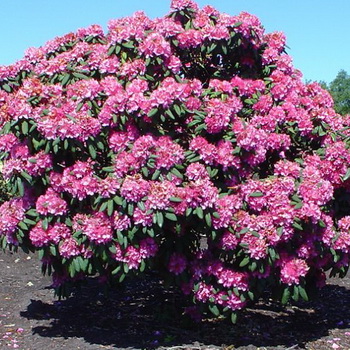
In August, watering is sharply reduced or stopped completely in rainy weather, so as not to stimulate the secondary growth of shoots. It is necessary to ensure that lime, dolomite, ash and other materials that alkalinize the soil cannot get into the root feeding zone. This should be borne in mind when choosing fertilizers, which, in turn, should not contain calcium and chlorine.
How to feed rhododendron
With a properly prepared planting pit, rhododendrons do not need feeding for the first two years. From the third year, these operations should be carried out regularly. If you do not know how to feed rhododendron, we advise you to use our tips.
In early spring, rhododendrons are fed with ammonium nitrate, especially when mulching with coniferous litter, and during the budding period, two or three times with a water-soluble complex fertilizer of the Fertika Lux type, which does not contain calcium.
At the end of August, to increase winter hardiness, it is useful to feed with potassium sulfate. Fertilizers are applied in liquid form. The easiest option for feeding is to use long-acting fertilizers that are applied once a season.
The secondary application recommended by some manufacturers should not be done in order not to stimulate secondary growth, and the fertilization with potassium sulfate is preserved.
As a rule, in the Moscow region, rhododendrons are not affected by pests and diseases. The only thing that can be observed is chlorosis associated with an increase in soil acidity. Chlorosis manifests itself in the form of yellowing of the leaves and is easily eliminated by acidification of the substrate by irrigation with acidified water. In order not to bring pests and diseases to your site, when buying a plant, you should carefully examine it.
Rhododendrons in winter
Before winter, the thickness of the mulching material should be increased to cover the root system. For evergreen rhododendrons in late autumn, before the onset of winter, rhododendrons need water-charging irrigation. If evergreen rhododendrons are planted in open places or varieties that do not winter well in our climate are used, then they are covered with non-woven material (lutrasil, spandbond, etc.) so that the plants do not get burned in early spring.
To shelter rhododendrons in winter, it is necessary to use a rigid frame so that the snow does not break the branches of the plants. After the snow falls, cover the bushes with it. In the spring, when the ground is completely thawed, the shelter is removed.
At temperatures below -1 ° C, the leaves of evergreen rhododendrons curl into a tube. Do not be alarmed, this protects the plant from excessive moisture evaporation and dehydration, and the falling snow does not linger on the shoots, reducing the likelihood of branch breakage, and “wraps” the root system.
Photo of rhodendrons in the garden and in landscape design
Rhododendrons are decorative all season. Evergreen species add an exotic southern flavor to the garden. Leathery evergreen leaves and beautiful shrubs are admirable even without flowers.
Deciduous rhododendrons are beautiful not only during flowering, but also after flowering due to the neat bush shape and beautiful pubescent foliage. In the fall, the bushes again attract attention with the beautiful color of their foliage. In some varieties, it becomes yellow-green, in others – yellow, and still others dress in autumn crimson, sparkling with various burgundy-red tones.
Therefore, the simplest, but not the most “simple” solution would be to land in free-standing groups. Groups of rhododendrons in landscape design are selected according to the color of the flowers, as well as the shape and size of the bushes. The optimal number of plants in a group is three to seven; on large areas, the number of plants can be increased. Varieties with different colors should not be planted in a group. The resulting variegation will “kill” the spectacular bloom. Solid arrays of these plants also look colorful.
So that the array does not look monotonous, you should select varieties with different shapes and sizes of the bush.
At the same time, dwarf rhododendrons are planted in the foreground, such as the hard-haired rhododendron and its varieties, followed by undersized varieties such as “Kalinka”, and then tall species and varieties. When creating groups and arrays, do not mix deciduous and evergreen plants.
In the selection of the color of flowers, restraint should be exercised, so as not to get unnecessary variegation again. Look at the photo of rhododendrons planted in the garden – they have a rich palette of colors. In evergreen varieties, the color is rich in various nuances of pink, purple, violet colors. Red, yellow and orange varieties of evergreen rhododendrons do not hibernate in our conditions (with only a few exceptions), since they owe their color to thermophilic species. If you like yellow and red, deciduous varieties will bring them to your garden. So you will not be deprived of the color scheme.
It is very good to supplement such plantings with conifers that look organic with rhododendrons. Pines and junipers should be preferred. Spruce and thuja are good only on the north side for protection from the winds and at a fairly large distance. And the point is not only in the thick shade from them, but also in the superficial root system, which “clogs” the superficial root system of rhododendrons.
Since rhododendrons love high air humidity, it is good to plant them near water bodies and fountains, where the most favorable conditions are created in summer.
Abroad, rhododendrons are widely used in heather gardens, where they are the main soloists. Unfortunately, this option does not suit us, since heathers and ericas are not plants for our climate.
But cranberries, lingonberries and blueberries are well suited for such “heather” gardens. In addition, many blueberry varieties have very beautiful fall foliage. Good in a company with rhododendrons and other evergreens, such as Mahonia holly and incense. Do not forget about ferns, whose vai will add contrast to the foliage of rhododendrons.

